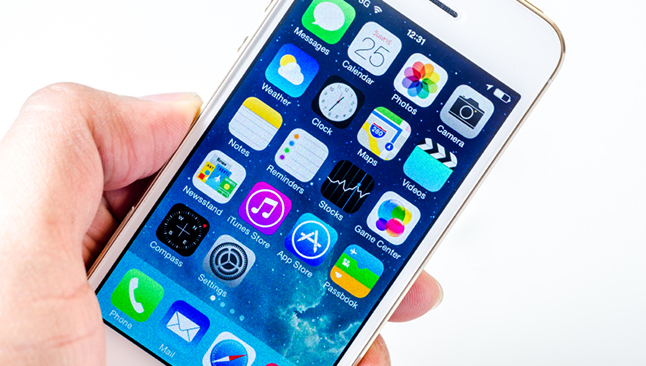 Apple’s phenomenal earnings have been powered in large part by the iPhone, a product that has been in existence for less than ten years. Much as I hate using Apple as an example – because everyone does – the entry of the iPhone tells us a lot about how premium brands grow. They start by being perceived as different, and then that difference becomes salient and meaningful to more and more people.
Apple’s phenomenal earnings have been powered in large part by the iPhone, a product that has been in existence for less than ten years. Much as I hate using Apple as an example – because everyone does – the entry of the iPhone tells us a lot about how premium brands grow. They start by being perceived as different, and then that difference becomes salient and meaningful to more and more people.
Back in 2007 the iPhone had just been launched in the USA when Millward Brown was conducting that year’s BrandZ survey. As the new kid on the block it stood out well from the established competitors like Motorola, Nokia and LG. The iPhone was seen as trendsetting and different even though few people had bought one yet. Only Blackberry was on a par with it in terms of being seen as different.
When it came to top of mind awareness, however, the iPhone was nowhere. 57 percent mentioned Motorola when asked what handsets they could think of; only 2 percent mentioned the iPhone. Less than half our sample even recognized the iPhone name. As you might imagine, that changed pretty quickly. Next year 13 percent mentioned the iPhone spontaneously, 90 percent recognized the name, and 7 percent claimed to own one. Motorola was still the most salient brand at 59 percent but ownership was slipping. The rest, as they say, is history. Motorola and Nokia lost ground and eventually got sold off. Samsung fought back with the Galaxy.
Relative to the category average the iPhone has always over-indexed on difference, and as salience grew people came to recognize why that difference was meaningful to them. However, difference also has another role in brand-building; one that may have more influence on how much profit the brand makes than how many people buy it. Differentiation justifies a price premium. Right from the start the iPhone was perceived as more expensive than other brands, but that price point was justified because it offered something other phones did not.
Now let us look at the flip side. Which measure fell fastest for Motorola after the entry of the iPhone? The perception that the brand was different. In 2007 Motorola was hugely salient and meaningful to many people versus other brands, but weaker on differentiation (although above average). The following year Motorola was below average on differentiation, down by a quarter over 2007, with meaning and salience unchanged. Over the next few years perceived differentiation remained low and meaning and salience slowly declined.
The mobile handset market is the brand equivalent of fruit flies. They have a very short life-cycle. You evolve your product fast or die, and it does not matter how salient your brand is if someone launches something better. However, while the pace of change might be different, we see the same pattern time and time again in our data. Difference acts as a supercharger to growth and a justification of price premium. Unfortunately, it is a lesson that many marketers seem to have forgotten.
Written by Nigel Hollis,Executive Vice President and Chief Global Analyst at Millward Brown
Source:Millward Brown

